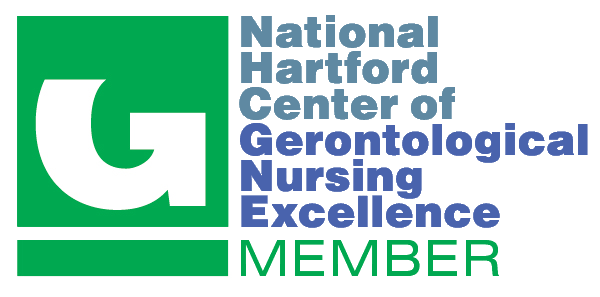Doctor of Nursing Practice Program
Virginia Cunningham, DNP, AGACNP-BC

-
Committee Chair Name & Credentials:
Jennifer Barut, PhD, MSN, RN
DNP Project Abstract
Development of a neuromuscular blockade agent continuous infusion practice management guidelines in the surgical intensive care unit
Purpose
Continuous neuromuscular blockade agents (NMBA) or paralytics infusions are utilized in patients mechanically ventilated with acute respiratory distress syndrome (ARDS) to assist with ventilator dyssynchrony and reverse hypoxemia or when indicated for recovery in the post-operative period.
Intrinsically, NMBA infusions are high risk medications; these risks exponentially increase when clinicians are unfamiliar with the intricacy of selecting the correct paralytic, monitoring the depth of neuromuscular blockade and sedation, and ensuring adequate recovery once the paralytic infusion has been discontinued. In efforts to mitigate these risks, the utilization of NMBA infusions requires a suitable protocol that includes, but is not limited to, management of mechanical ventilation, analgesia, sedation, nursing care, and equipment to monitor degree of neuromuscular blockade.
The purpose of this quality improvement project was to determine if the development and implementation of standardized practice management guidelines (PMG) would increase clinician's confidence and understanding of the appropriate management of NMBA infusions.
Methods
In a 23 bed Surgical Intensive Care Unit (SICU) in a large, quaternary care academic medical center, a continuous NMBA infusion PMG was developed and implemented over a four month time frame in conjunction with the SICU co-medical director and pharmacist.
A redcap survey and education module was then created jointly with two SICU nurses. It was sent to all SICU clinicians including MDs, NPs, and RNs via redcap to assess current level of confidence and understanding of appropriate management of NMBA infusions pre and post implementation of the PMG .
Forty-nine surveys were returned and 11 were excluded; data from remaining 38 surveys was extracted and analyzed to obtain demographic information and pre-test scores. Respondents were asked to rate their level of confidence pre and post implementation of PMG and completion of education module as no confidence (1), sightly confident (2), moderately confident (3), or extremely confident (4).
Twenty respondents completed both the pre and post test; therefore, level of confidence pre and post implementation of PMG and education was calculated only using data from these 20 surveys.
Results
Following implementation of the PMG and completion of the education module it was determined that clinician’s level of confidence when managing a continuous NMBA infusions increased (n=3.45; SD 0.6) when compared to pre intervention level of confidence (n=2.82; SD 0.83).
Post intervention surveys also revealed that clinicians understanding of continuous NMBA infusions management improved (N=20; n=83.2; SD 9.9) when compared to pre intervention (N=38; n= 76.3; SD 0.60 and N=20; n=75.3; SD 10.9).
Implications for Practice
Implementing a standardized PMG, when coupled with education, increased clinician level of confidence and understanding of the appropriate management of continuous NMBA infusions in the SICU. Standardization of care and improved clinician confidence and understanding could lead to a reduction in variability in practice and ultimately, improved patient outcomes. Next steps include developing an NMBA order set in our hospital's electronic health record and collecting data to determine if adherence to the PMG reduces variability and improves patient outcomes.




